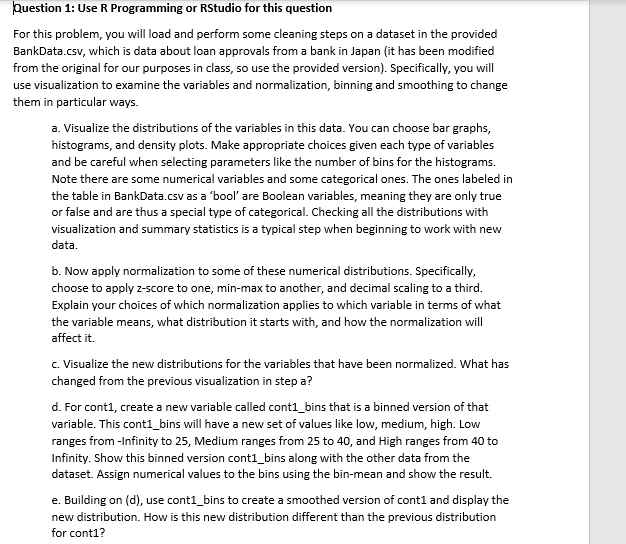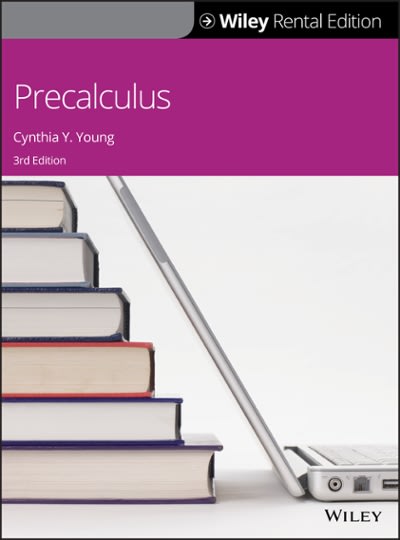Answered step by step
Verified Expert Solution
Question
1 Approved Answer
Please use R Programming for the question in the attached image. Here is the link to the data file for BankData.csv for question 1: https://drive.google.com/file/d/18kGNrHUfgcVv2hMKqL5E05L40xCl6e1M/view?usp=sharing
Please use R Programming for the question in the attached image.
Here is the link to the data file for BankData.csv for question 1: https://drive.google.com/file/d/18kGNrHUfgcVv2hMKqL5E05L40xCl6e1M/view?usp=sharing

Step by Step Solution
There are 3 Steps involved in it
Step: 1

Get Instant Access to Expert-Tailored Solutions
See step-by-step solutions with expert insights and AI powered tools for academic success
Step: 2

Step: 3

Ace Your Homework with AI
Get the answers you need in no time with our AI-driven, step-by-step assistance
Get Started


